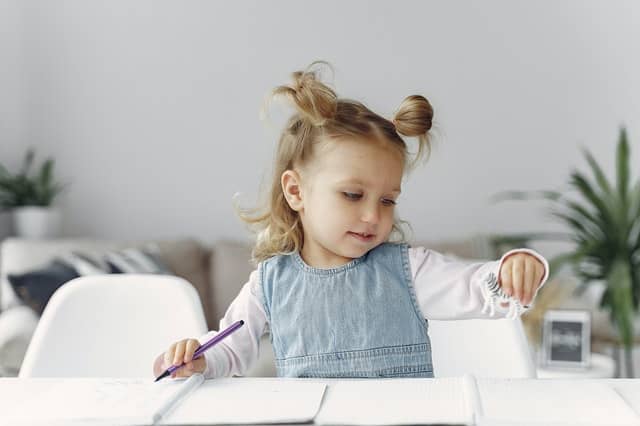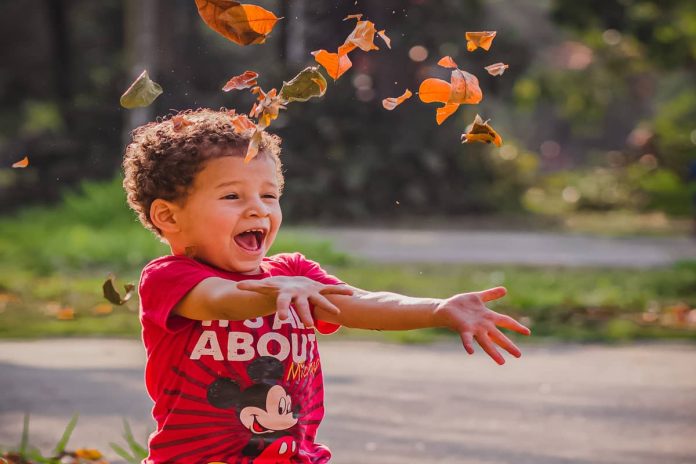Table of Contents
Identifying Healthy, Successful Relaxation Techniques For Kids and Teens
Kids come into this world unprepared for all of the stresses that life brings. Depending on your family and career circumstances, your kids could need to have strong coping skills to avoid developing an anxiety disorder or severe stress response. To help your child grow up well adjusted, you need to identify common causes of stress and help your child develop good coping skills during those events. Afterward, you need to teach your child relaxation techniques that calm their system and allow their mind to process the stressful information in a healthy way. Here’s what you need to know to help your child learn relaxation techniques for stress.

Reasons Kids Feel Stressed
Life changes are usually the biggest reason children feel stressed. If your work hours suddenly increase or days off disappear, your child may find it difficult to cope with the changes. Family dynamic changes as siblings enter new life stages, start new school years and move out of the house can also cause a strong stress response. Although it’s smart to try and reduce stressors, if possible, it’s important to realize that issues will come up despite your best efforts.
Issues outside of the house can also make your child feel quite worked up. Arguments with their peers, reprimands from the teacher and losing friends who move away often riles kids up and makes it difficult for them to calm back down on their own. Children may even feel upset about the loss of a pet or introducing a new one to the household. Keep your ear to the ground and listen to your kids to learn what is bothering them, so you can help introduce relaxing techniques that melt the stress away.
Breathing For Less Stress
The easiest relaxation techniques surround the breathing process. As kids work themselves up, their breathing patterns grow shallow and ragged, which increases the stress response. Teach your kids how to relax by having them focus on their breathing rate. In addition, encourage kids to take a deep breath, hold it for a few seconds and then breathe out slowly to the count of five or ten. Repeat this breathing pattern ten or more times alongside your child each time stress levels flare.
You can also use relaxation techniques for labor with your kids to help them cope with physical and emotional pain signals. The relaxation techniques during labor reduce pain so much, many women don’t even need to use medications to cope. Breathing in through the nose and puffing the air out through the mouth is a time honored labor relaxation techniques that lower stress levels and help people cope with the task at hand.
Your child will eventually use these relaxation techniques for anxiety to calm down on his or her own. You can perform this stress management relaxation technique as a family during difficult times to increase bonding and lower emotional responses to group frustrations. Afterward, talk out the problem to help everyone cope with his or her feelings.
Progressive Relaxation Techniques
After your kids have good control over their breathing rates, introduce a stress reduction exercise, called progressive muscle relaxation techniques. While relaxing as a family, lead the group through the muscle tensing and releasing exercise to teach a new coping technique. The entire family should participate while sitting comfortably on the couch with their eyes closed.
To start, have everyone start at his or her feet and tense all of the muscle from the toes to the heels. Encourage your family to hold the tensed muscles for several seconds before releasing them and relaxing once again. Repeat this process all the way up the legs, through the torso and back, down the arms and up to the muscles in the neck. Work slowly through the facial muscles to complete this progressive relaxation technique. Your children can follow a narrative describing the flow of a clear, blue liquid if imagery is needed to complete the exercise.
After your family clearly understands this technique, give your kids a turn taking the lead. By leading the group through the relaxation techniques, your children will internalize this coping method to utilize it naturally during times of stress. Once something comes up, your kids will immediately start their breathing and muscle relaxation exercises to cope in a healthy, positive manner. Your kids may even encourage you to do the same upon facing a stressful experience that’s riling you up.
If you practice regularly as a family, kids as young as two years old can master this technique for stress relief. Teens may feel embarrassed about this practice, so let them opt out after learning and mastering this coping method. However, once teens realize how well it works, many share the techniques with their friends while facing shared stress events throughout life.
Guided Imagery Solutions
If your kids need a relaxation technique that pushes their mind outside their body, consider guided imagery relaxation techniques. Guided imagery encourages the mind to explore ideas and places far beyond your child’s mind and body.
You can use the imagery to wipe out a concrete problem, come up with creative solutions to an abstract idea or simply explore an alien world. Guided imagery helps take the mind off stressors and encourages a positive outlook. Instead of sitting in the middle of a stressful environment, your kids will easily transport their minds to a beautiful beach, gorgeous blue skies or a newly discovered planet full of interesting creatures by using guided imagery.
You can start off by leading your family through the exercise using a well-known retreat. Vividly describe your favorite vacation spot, so that your children can imagine it in their mind’s eye. Describe the environment, buildings, creatures, weather and events going on at that location.
Make sure the descriptions bring up beauty and relaxation in your children’s minds. You can let your kids lead you through the same imagery using pretend lands and retreats that everyone can imagine. Integrate relaxation techniques breathing into this exercise to increase the benefits several times over.
Bedtime Relaxation Methods
The most stressful time of the day for kids is usually just before bedtime. Kids often struggle to push their worries away and rest while lying down to sleep. As their minds go over past and upcoming events, worries could grow to insurmountable proportions. Use the best relaxation techniques for children to help your kids conquer their fears.
The type of relaxation techniques for sleep that work the best definitely depend on each child’s preferences. Some kids prefer progressive relaxation techniques, while others just like the guided imagery. You can even simply talk about the day’s events and find solutions to upcoming problems to give your kid a few ways to cope with the stressors. Experiment with all of the relaxation techniques for anxiety to give your kids the tools they need to cope.
Finding The Right Solutions
Once you find the stress management relaxation techniques that work best for your kids, stick with those methods for as long as possible. Your children will let you know when a certain method no longer has the effect it once had.
At that point, you can try a different method for a while to help your kid have a wide range of coping skills to lean on during hard times. These methods will come in handy throughout life as your children go to college, move out of the home and start their lifelong careers.
Kids who can cope with stresses the best often have the easiest time achieve success in their chosen career path. Furthermore, healthy coping techniques make it easier for kids to say no to harmful paths their peers take in an effort to deal with stressful events and unwanted changes. Your kids may avoid anxiety issues and depression by having the skills needed to keep stressors at bay.
Continue practicing the techniques on your own as well to always be prepared for the next stage in parenting. If you have a healthy outlook on life, your children can follow your lead to stay in a good frame of mind. Positive outlooks often soften the blow of difficult situations that occur throughout life.
As you practice with your children, your entire family will grow healthier in both mind and body as stress stays far out of range. Even during stressful events, your family will be prepared to deal with the difficulties and move onto the next stage in life.




